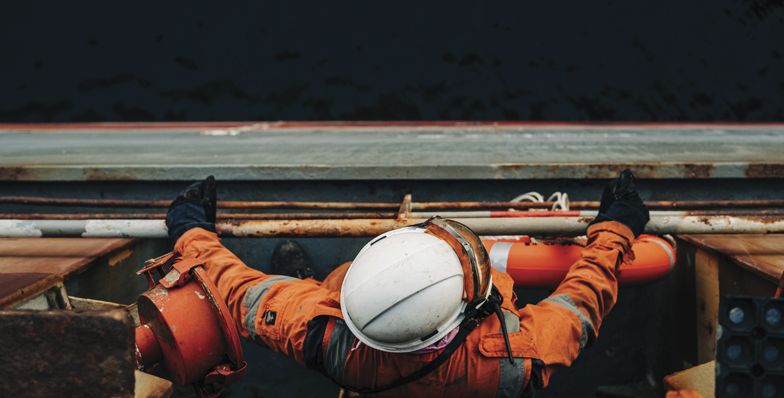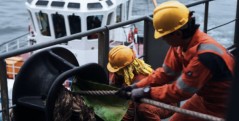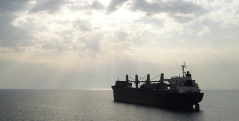As the saying goes, “to avoid major incidents, we must pay attention to the minor ones.” BSM could not agree more. That is why it adopted the HiLo (High Impact Low Frequency) Maritime Risk Management approach, in 2018.
HiLo uses predictive mathematical models to foresee the probability of high impact events for the shipping industry. This information then guides companies to take the necessary steps to manage risks and work towards a zero-incident future. By collating anonymised incident data from across the industry, HiLo can identify patterns of minor incidents and use them to predict high impact or ‘undesirable’ events.
The power of numbers
HiLo was launched after four years of development and analyses data from more than 3,000 vessels operated by 42 subscribers. HiLo uses around 10,000 near miss and incident data already collected on board every month and filters out the noise, leaving approximately 1,000 events for analysis.
From August 2017 to June 2018, HiLo reduced the risk of lifeboat accidents by 72 percent on 900 vessels. From January to June 2018, it reduced the risk of engine room fire on 1,800 ships by 65 percent, and in the same period reduced the risk of bunker spills by 25 percent on 1,800 vessels.
HiLo tailors its models to fit the specific vessel types, which are currently available for tankers and bulk carriers, with models for containerships, passenger vessels and ferries available in 2020.
How does HiLo work?
In its simplest form, the model takes the frequency of leading event occurrences and multiplies it by the probability and projected impact of each undesirable event. For example, for every 100 failures of navigation equipment, an assumed one percent probability of a resulting collision and an average projected impact of one fatality gives a calculated risk of one. Using the same principle for steering loss, with 80 recorded cases, and an assumed probability of collision of four percent and one fatality, the risk associated is 3.2.
This approach is at odds with traditional assessments, where the higher incident rate of navigation equipment failures would result in these events being classed as a higher risk. HiLo demonstrates that owing to the higher probability of collision, loss of steering poses the greater hazard.
HiLo in practice
HiLo is able to analyse each incident report and calculate the influence of weak signals on major events. It provides ‘actionable insights’, which are targeted information giving pointers to the highest risk areas on specific vessels, based on the identified weak signals. BSM then acts to reduce these risks.
For example, HiLo predicted a high risk of engine room fire owing to reports of small fuel leaks, a typical weak signal. Following investigation of the company’s defect management framework and reporting culture, BSM is now promoting more timely reporting of minor defects and the need for prompt rectification, in order to reduce the risk of them becoming high impact incidents.
Looking ahead
The maritime industry is becoming ever more tightly regulated, making it increasingly important ethically, environmentally and economically for operators to prioritise their time and effort to avoid high impact events. The HiLo model helps to identify early warnings and dangers that might not otherwise be seen, enabling operators and fleet managers to focus on key areas and ensure the safety of their crew and assets.





